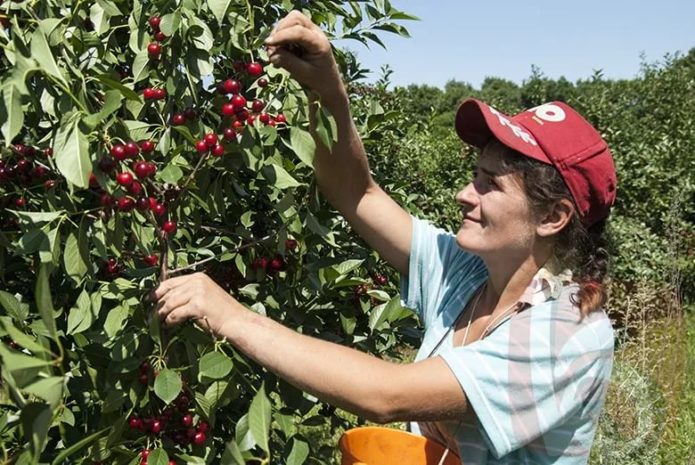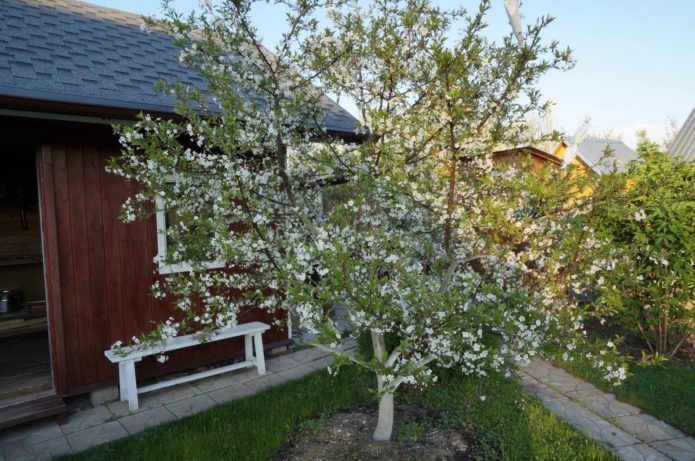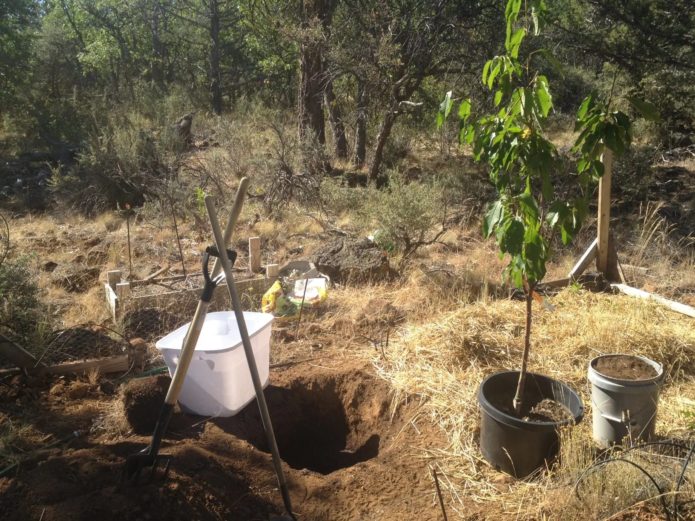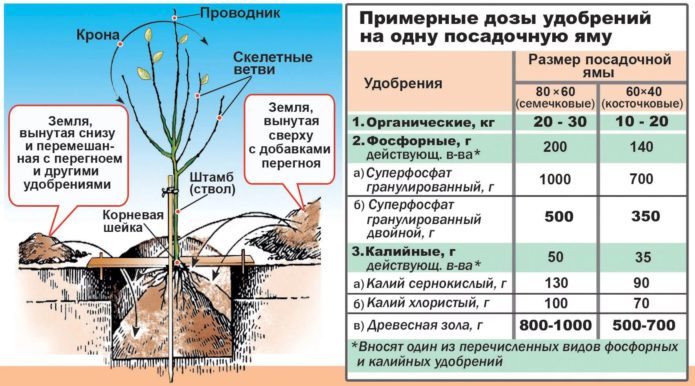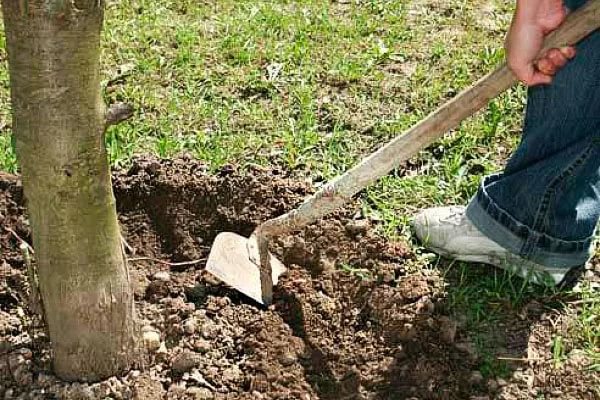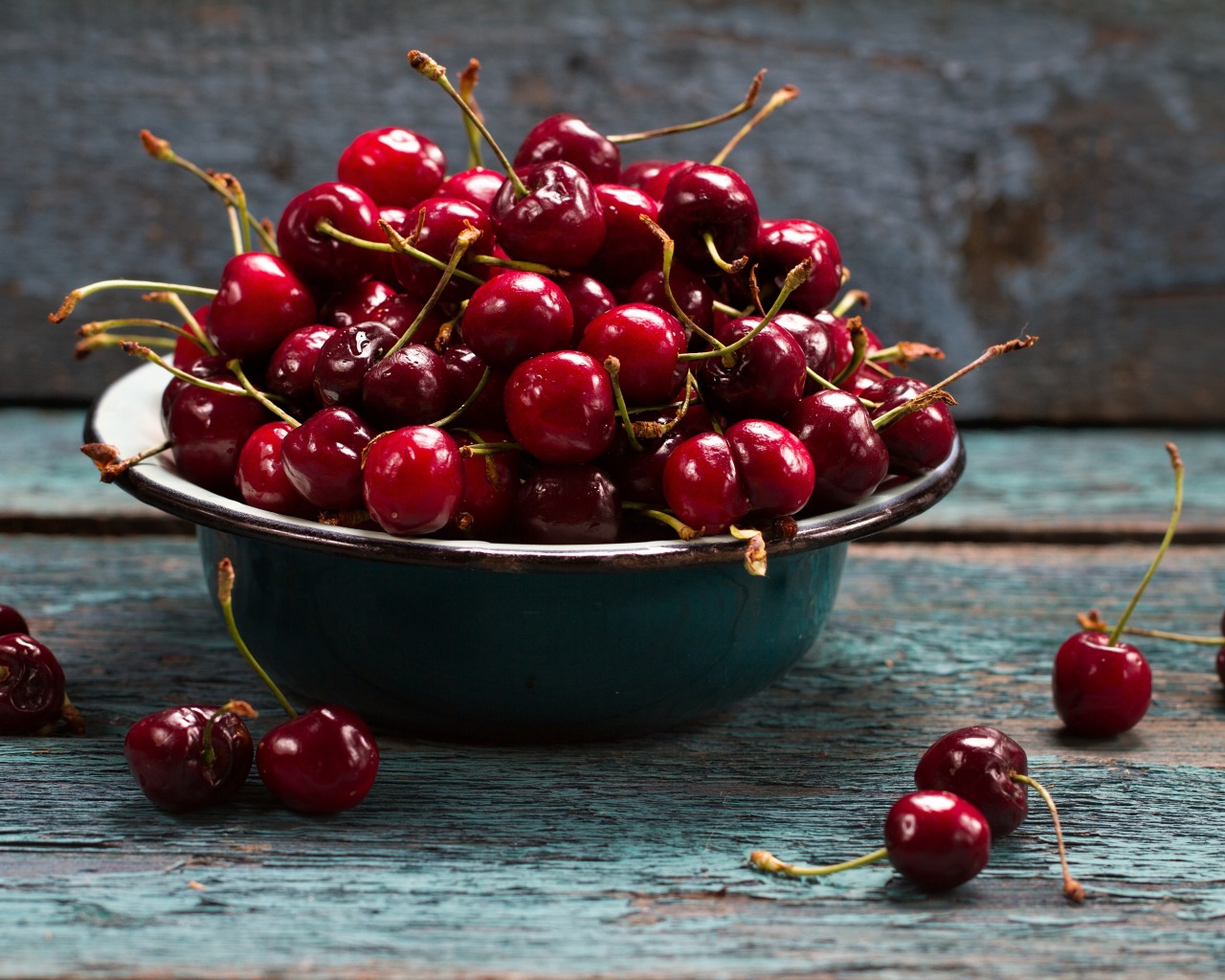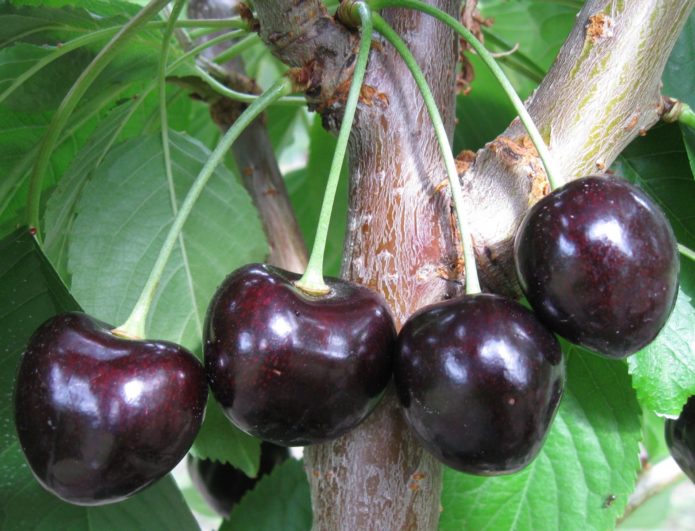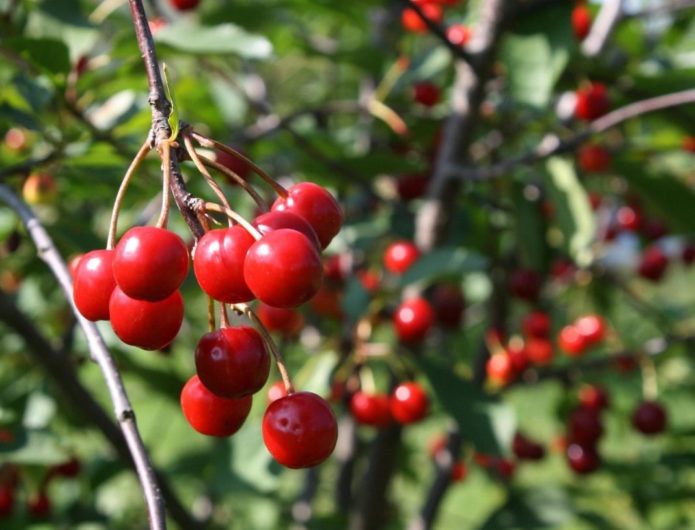Gardeners and culinary experts call cherries the "queen of berries". And not without reason, because practically on every garden plot there is a tree dotted with ruby berries. But some varieties are loved especially, for example, Cherry Vocation. It is appreciated for its unpretentiousness, frost resistance, rich taste and aesthetically pleasing appearance. Of course, like any berry crop, Vocation requires proper care and attention.
Content
Cherry history Vocation
Nowadays, there are more than 150 species of this fruit and berry culture on the planet. One of the most beloved by gardeners is the Vocation variety. Other names for this cherry are Samsonovka Melitopolskaya (dessert), Rosinka. Unfortunately, the exact year of the creation of the popular variety is unknown. Cherry Calling was bred in Melitopol, a city located in the south of Ukraine. The variety was created by selection at the Ukrainian Research Institute under the leadership of Nikolai Ivanovich Turovtsev, a recognized scientist and laureate of the State Prize of Ukraine in the field of science and technology.
Since ancient times, cherries have delighted us with their magnificent berry taste and appearance. For the first time on the territory of Russia, cherry appeared in the XII century, on the land of the Moscow principality. According to one of the legends, it is believed that the Moscow cherry orchards were planted by Prince Yuri Dolgoruky himself. According to another version, the tree was brought to the country by wandering monks. They founded a monastery, planting the land with cherry orchards.
Description of the variety
Cherry Vocation is a small tree. Its height barely reaches 250 cm. Low, with a rounded crown, it perfectly tolerates the vagaries of the weather. The variety was initially bred as frost-resistant and fully justified the tasks assigned to it. The tree is sun-loving, but it develops and grows well on the shady side. A properly grafted tree can bring a bountiful harvest already in the third year of life.
Cherry blossoms occur in early - mid-May. Harvest is possible in early June. This applies to the warm regions of our country. In central Russia, cherries begin to bear fruit in the first half of July. More than 25 kg of berries can be harvested from a tree over 7 years old.
Cherry fruits Vocation are rightfully considered large. The weight of one berry reaches 7 g. Saturated burgundy, with a smooth sheen, the fruits have a rounded shape, slightly flattened at the handle. In addition to its rich sweet and sour taste, pronounced juiciness, this berry has other advantages among other varieties of cherries. Small, oval in shape, the bone is easily separated from the pulp.
Video: large berries of the Vocation variety
In addition, the indisputable advantage of cherries is their Vocation resistance to diseases and pests such as moniliosis (fruit rot), hawthorn mite, coccomycosis (a disease that causes foliage to fall).
Variety Vocation is self-fertile, therefore it needs cross-pollination. For this, it is worth placing the Calling next to other cherry varieties. Pollinator seedlings are usually sold with the tree to avoid crop failure.You can buy them at horticultural centers, the market or gardening shops.
Features of growing and care
Cherry variety The vocation can be called unique, because it grows well and bears fruit in almost any climate. Cherries are also undemanding to the soil. But when planting, you should still give preference to light earth that absorbs moisture well. It is better to allocate clay and peat areas for other types of trees.
Despite the unpretentiousness of this variety, you should adhere to some rules for planting and care:
- When planting cherries in the autumn, you should pay attention to the depth of the planting pit. It should be about 70–80 cm. The distance between seedlings can be from 3 to 5 meters. Pollinating cherries are planted between them.
- Before planting cherries, the necessary fertilizers are applied. In autumn, this is a soil mixture of 10 kg of humus, 1 kg of ash and 20 liters of fertile soil. If planting is carried out in spring, then 100 g of superphosphate and 50 g of potassium sulfate are introduced into the pit, which are thoroughly mixed with the soil.
- When planting trees, you need to pay attention to the ventilation of the site. It should not be densely built up, so that the outflow of cold air easily goes on the territory.
- Variety Vocation, like any plant, needs constant oxygen supply. To do this, it is necessary to periodically loosen the soil and get rid of weeds.
- Watering is often unnecessary. Trees have their own life cycle, so when watering, you should focus on it first of all. The first watering is done at planting. The second stage is after the tree has bloomed. The third watering is carried out at a time when ovaries appear on the cherry. Then - after picking berries. The last watering of cherries takes place in the fall, before the onset of frost.
- As for watering an adult cherry, it depends on the weather conditions. This tree belongs to the category of drought-resistant, and therefore does not require regular watering. For a young tree, 20-30 liters is enough for watering. An adult needs 50-60 liters of water.
- It is better to mulch the soil around cherries with straw, hay or humus. First, mulch soil retains the moisture the tree needs. Secondly, weeds are reduced. And thirdly, the trees, the soil around which is covered with mulch, are easier to tolerate thaws and frosts.
- Cherry crown formation should be carried out in the fall. First, the twigs growing inside the crown are removed. There will be no harm from pruning them, since these branches, being constantly in the shade, do not produce berries. They do not do any good by taking away the juices needed to feed the fruiting shoots. Branches extending vertically are also cut. This is done to give the tree a more rounded shape over time. Crossed branches are also removed to allow airflow in summer when the tree is heavily foliated. Cherry Pruning The vocation is held every 3 years.
Video: how to properly prune cherries
Gardeners reviews
Now there are three trees growing (1 for saw cut, 1 Self-fruitless young vocation and felt self-fruitless too). So while the first is growing, we will conditionally call it Lyubskaya, then it will pollinate a new vocation when it bears fruit. If we saw the first, there is no harvest and there is no one to pollinate ... The Vocation grows, begins to bear fruit and there is no harvest without a pollinator. Then we buy pollinators again in a year or two and wait for it to bloom ... Time may be lost ...
Good day! So far, everything is fine with cherries, he does not think to burst. We grow Shpanka, Shokoladnitsa, Vocation, Miracle and Meteor varieties. Sincerely.
Mom bought, when she brought a seedling, she complained about the seller, said she asked him for some early cherry, and he gave it to her and told her to get out of here. The cherry has grown and we were very pleased, the tree is 6 years old, in a normal spring it ripens in early June. This year, they selectively began to pinch after June 10, massively they were ready by the 20th.
Cherry variety Vocation can be called universal. It is adapted to growth in various climatic conditions, is not capricious and has a high yield. Of course, difficulties are inevitable. This self-fertile cherry is intended for large to medium sized plots. It is quite problematic to place a garden in a small area, having planted in the necessary order Vocation and pollinators. Nevertheless, this does not stop the fans of the variety. Whether to choose a Vocation for your garden, adjusting to the pros and cons of the variety, or to plant a cherry of a different class, you should decide on your own, based on your own experiences.
